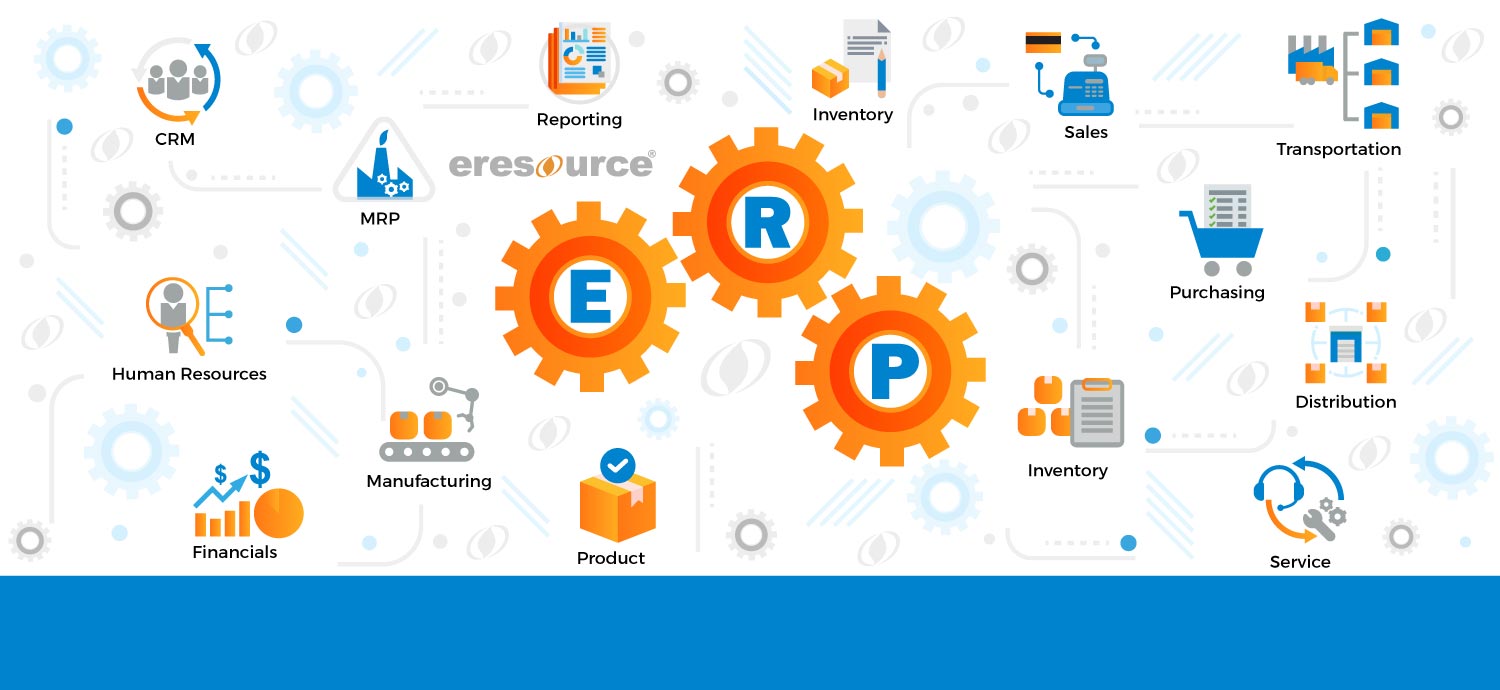ERP and ROI
Though many organizations spend lot of time and money researching, analyzing and justifying an enterprise resource planning (ERP) purchase, they hardly spend any time to scrutinize whether the application performs satisfactorily and gives the required output.
If organizations don’t establish specific performance metrics, it will be very hard to gauge how well that product is working to meet their objectives, let alone correct any performance gaps.
Given that ERP system is somewhat expensive, some might wonder why more organizations don’t engage in a thorough, after-the-fact audit. Reasons range from a lack of involvement by senior management to anxieties about whether the project will live up to its promise-and whose feet will be held to the fire if it doesn’t. And somewhat surprisingly, after-the-fact audits are often skipped because no one agrees on what precisely constitutes a successful ERP program.
When the majority of the people you ask not may not sure about what an ERP is, it makes little difficult for your to search for the people who may know it thoroughly. On a technology level, ERP software integrates a company’s departments and functions into a single program running on one database, a valuable step forward for improving efficiencies, because integration speeds up business processes.
For a HR manager, ERP system is something different application from a production manager. For him/her it is a system for the employees to interact with each other. But getting bogged down in definitions is beside the point. The point is whatever methodology you use to measure your ERP, it should be applied consistently across the organization at specific points following the implementation.
How often you measure your ERP system will depend on the size of your organization and the depth of your software change. Typically, an audit should occur halfway through the implementation, again at three-quarters of the way through the implementation, and when it’s complete. Then, you should follow up every quarterly.
There may be some further questions that how can the ERP applications be measured up? Only a systematic, disciplined approach to measuring ROI can provide the answer. However, if the ERP audit focuses only on productivity gains, such as how many steps it takes to complete a shipping label, you won’t get the clear of ROI. To get a clear picture the audit must take into account how well employees interact with the ERP software. Whether the system empowers them to accomplish key tasks? How quickly do they adjust with its functioning methods? To get the actual result, user surveys should be conducted immediately after the training period and again six months later.
A polite approach to the employees to enquire about the functioning of your ERP system could get you closer to the software and its functioning. It will help you understand any shortcomings in the system as well as the need of further training to the employees which could make them more comfortable with the system. A logical and systematic approach to the ERP system by the employees is a must for a good result that ultimately reflected in the organization’s return on investment (ROI).
Also Read – ERP Software for Manufacturing
Categories
Register for Free Demo!
Recent Post
-

eresource ERP 360 - an
11th Apr 2019 -

A competitive ERP system for
17th Apr 2019 -

Auto components manufacturing industry has
17th Apr 2019 -

Make the best use of
17th Apr 2019







